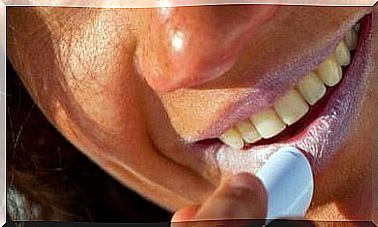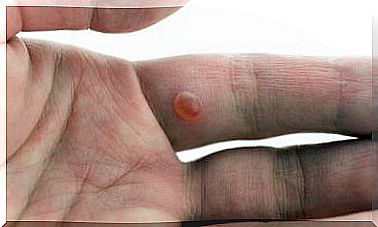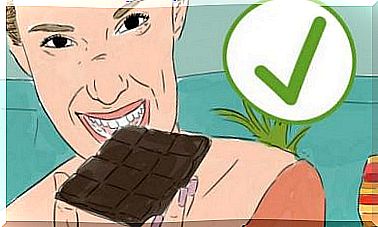You Got A Splinter Stuck? Just Don’t Panic!

Certainly each of us has been stuck with a splinter, thorn or other small, difficult to remove object more than once . Perhaps at the time of pulling out, part of the element was still deeply embedded in the skin? In some cases, infection may occur, and even the need for specialists to open the wound and remove the fragment.
In today’s article, you will find out how a splinter or other element stuck into the skin can be easily removed using natural remedies.
Splint – step by step removal
Usually, once the splinter has stuck in, it only provokes a slight inflammation and can be removed quite easily. Sometimes it comes out on its own. Nevertheless, regardless of the degree of damage, it is very important to always treat the affected area properly as there is always a risk of infection.
- First, clean the wound thoroughly with an antiseptic to begin with. Ideally, it should be of natural origin.
- If the splinter is not driven deep, you can easily remove it with tweezers.
- If this is a more complicated case, before removing the hammered element, apply one of the compresses prepared with any of the means listed below in the article.
- Repeat the compresses for several consecutive days until it is possible to remove the splinter.
- In some cases, it will be necessary to use a sterilized needle.
It is always recommended to consult a doctor before using any treatment at home. Especially when the splinter is of considerable size and has penetrated deeply, but also when additionally pain is felt and symptoms of infection can be observed.

Natural antiseptics
There are many natural remedies that are great for treating areas where a splinter has stuck – both before and after removing it.
Calendula
Calendula is very often used to treat open wounds and inflammations. It also works great as a disinfectant. Currently, there are many agents made on the basis of marigolds in the pharmacy.
Chamomile
The flowers of this plant not only have an antiseptic and anti-inflammatory effect, but are also effective in relieving pain. Plus, chamomile is easy to find and can be found almost anywhere.
Plantain
Plantain leaves are an excellent first aid medicine for all kinds of wounds. In addition, it is one of the best options for splinters that are larger in size as it is effective in stopping bleeding once it has been pulled out.
Thyme
Thyme is a popular herb not only in the kitchen. It also works well for the treatment of open wounds.
All you need to do is prepare an antiseptic infusion of one or more medicinal plants and, when it cools down a little, apply it to the skin.

Marshmallow wrap
If the splinter is difficult to remove because it is driven too deeply, it is recommended to prepare a marshmallow compress. This plant is great for all kinds of irritation and inflammation resulting from insect bites, burns or rashes.
A method of preparing
- the roots of this plant are used to prepare the preparation,
- put 30 g of marshmallow root in 150 ml of boiling water for about 10 minutes,
- after the recommended time has elapsed, let the mixture cool down for 5 minutes,
- dip a piece of gauze in a warm preparation and put it on the injured place for 5 minutes,
- after each application, wipe the place where the splinter has stuck with a piece of cloth dipped in the infusion of the above-mentioned plants. This will ease any area irritation
- Repeat these activities several times a day until the splinter appears on the surface
What to do when an infection has entered?
- cut a piece of garlic and apply it directly to the wound. Then bandage the area and allow the compress to act
- another way is to use lavender essential oil, which is also an effective anti-infection agent. It is enough to apply one drop to the wound every three hours to avoid infection. However, remember that the oil should be of high quality and have the appropriate certificate. You absolutely should not use synthetic preparations

Healing and scarring
Once the splinter has been removed, antiseptic treatment should be continued until the wound is closed. If it is large and sufficiently visible, it is recommended to use aloe vera gel, which promotes healing and prevents visible scars.
It’s best to have an aloe vera plant at home and cut off pieces of leaves as needed. Many gels prepared from this plant and available for sale contain additives of other ingredients.









